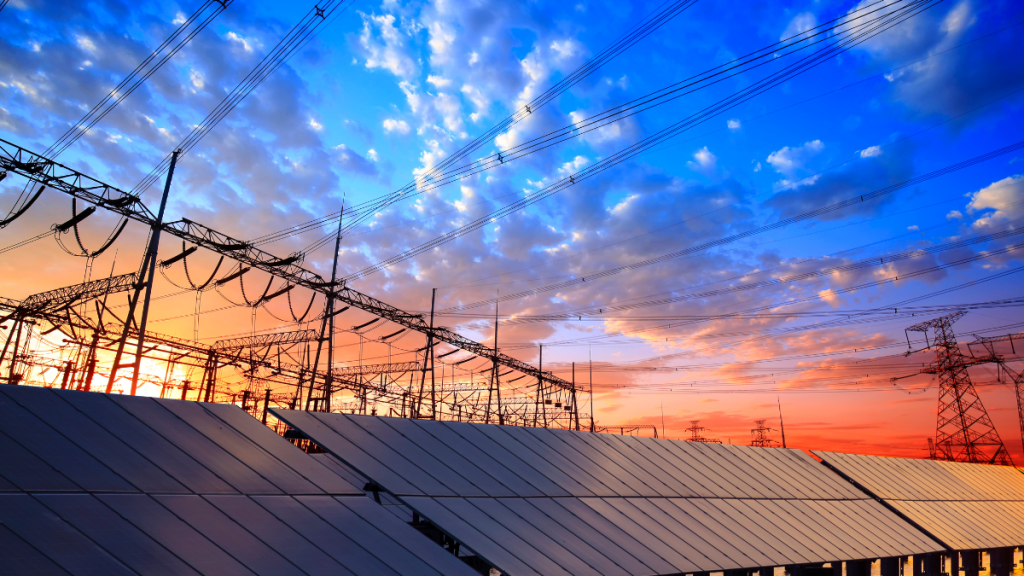Context:
According to a recent report by Global Energy Monitor (GEM), fossil fuel capacity in BRICS nations is set to fall below half of their total installed power capacity by the end of 2024.
More on the news:

- The BRICS group, originally comprising Brazil, Russia, India, China, and South Africa, was expanded recently to include Iran, the UAE, Ethiopia, and Egypt
- BRICS represents half of the global population and accounts for one-third of the world’s GDP and CO₂ emissions.
Initiatives Taken

- The BRICS countries are developing wind and solar projects totaling 1,550 GW, more than double the capacity of fossil fuel projects in the pipeline.
- This year alone, 190 GW of non-fossil power capacity has been added across China, India, and Brazil, contrasting with 72 GW of new fossil fuel power scheduled for 2024.
- The BRICS nations are on track to nearly triple their renewable energy capacity by 2030, aligning with goals set at the 28th Conference of Parties or COP28 to the United Nations Framework Convention on Climate Change to triple renewables and keep global warming within the 1.5 degrees Celsius limit.
- By the end of 2024, BRICS will have approximately 2,289 GW of renewable energy capacity compared to 2,245 GW from fossil fuels.
Renewable Energy Surge:
- Triple Capacity by 2030: The current growth trends suggest that BRICS will see its total renewable energy capacity increase by more than 2.5 times by 2030.
Wind and utility-scale solar projects under construction or in planning stages now total 1,550 GW. - Major Investments: With substantial investments in wind, solar, and hydropower, BRICS nations are leading the charge in renewable energy development.
- Global Comparison: While the European Union reached a 50% renewable energy share in the early 2010s, the G7 achieved parity only last year, highlighting the rapid progress of BRICS.
The challenge ahead:
- Every BRICS nation, except Ethiopia, has active coal, oil, or gas projects in development, risking an expansion of fossil fuel capacity by 36% for coal and 53% for oil and gas.
Also Read:
First-ever Great Indian Bustard (GIB) hatched through Artificial Insemination

